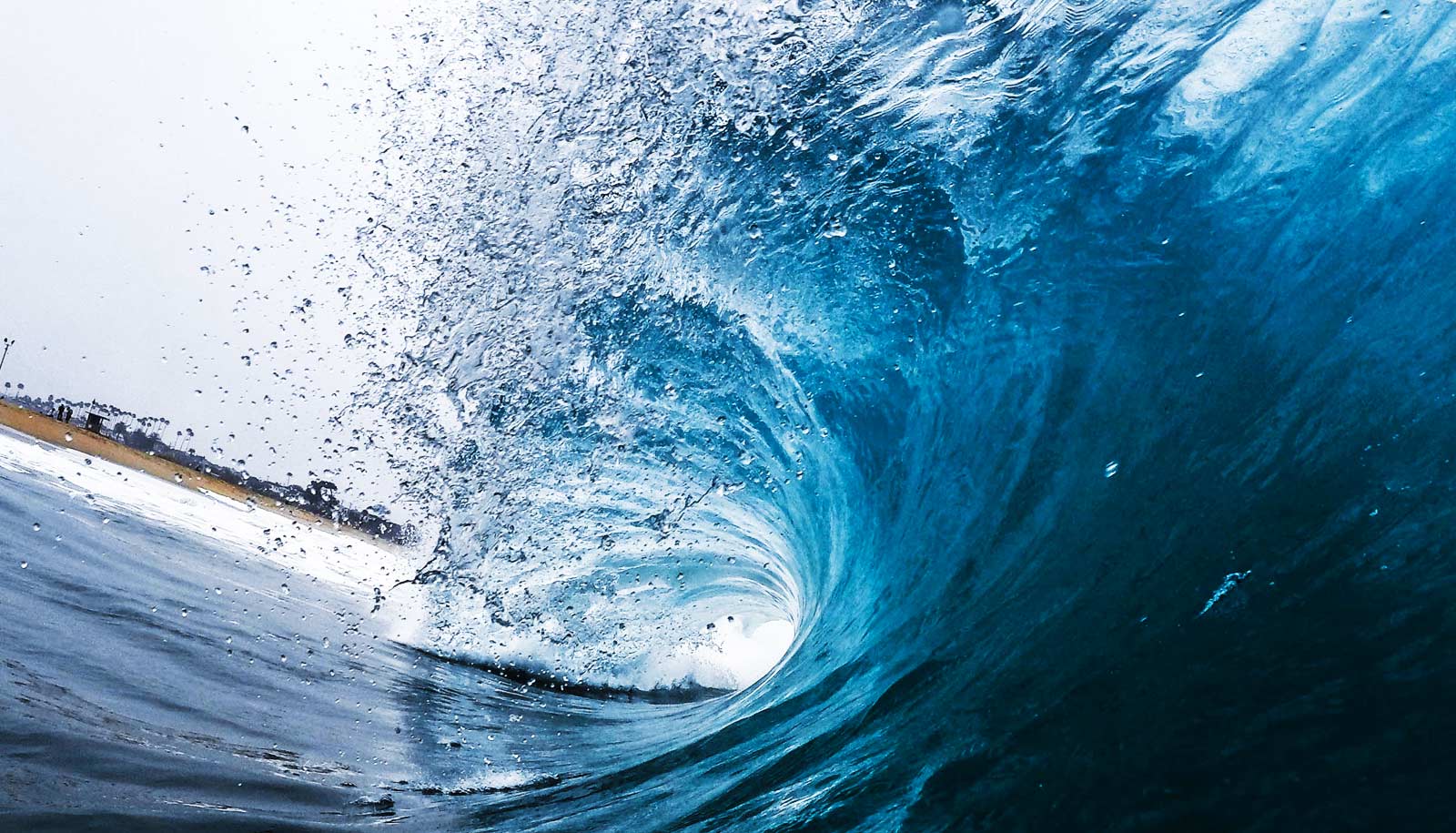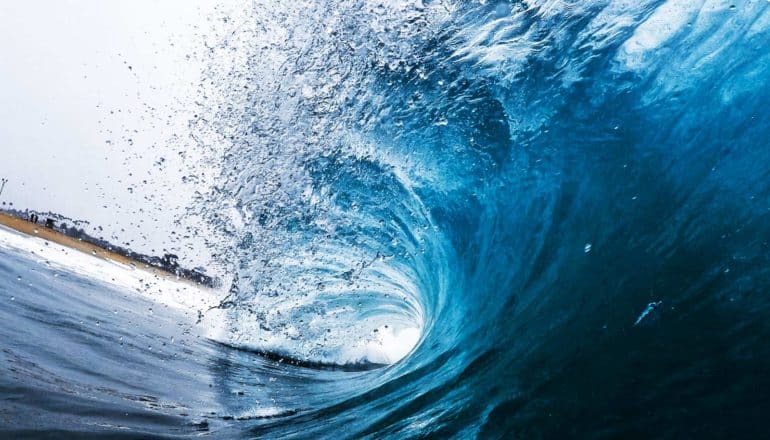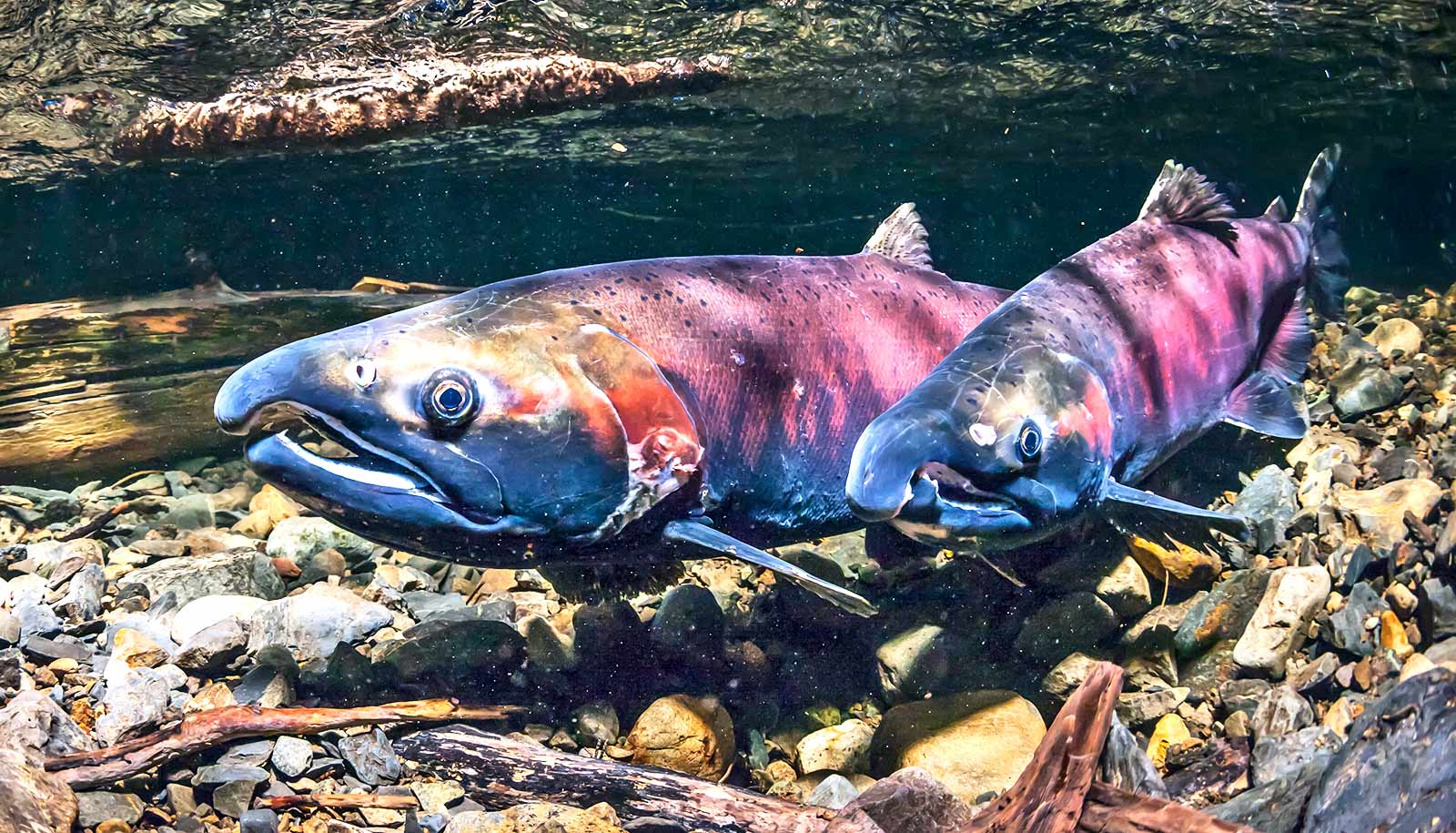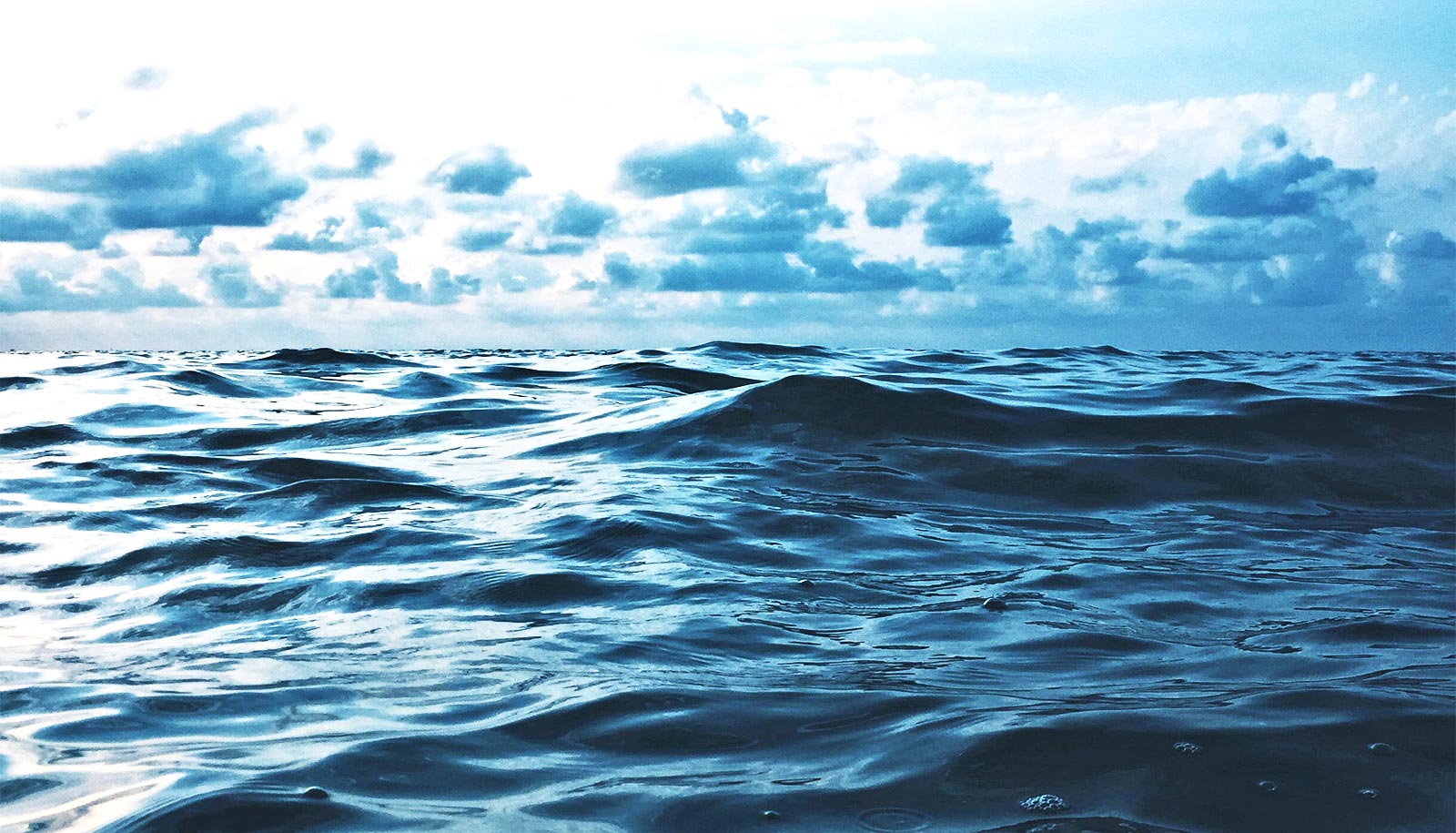
(Credit: Jeremy Bishop/Unsplash )
Oceans have a bunch of ways to lock away carbon
As a runaway climate scenario looms, scientists are hurrying to fully understand Earth's largest carbon sink: its oceans.

Oceans are the Earth’s largest carbon sink. Now, a new study aims to explain how ocean pumps capture and store it.
Knowing the mechanics of how things work will become increasingly important as the planet warms and as we try to get ahead of a runaway climate scenario, says David Siegel, professor of oceanography at the University of California, Santa Barbara.
“The whole number is about 10 petagrams of carbon per year,” he says of the amount of carbon transported from the ocean surface to the deep, “which is about equal to how much carbon we spit out in fossil fuel emissions every year.”
Siegel and colleagues hope to refine that rough estimate.
“Once you start worrying about how those things might be changing as the climate changes, our precision has to increase,” Siegel says. “We can’t have these 20 to 25 percent uncertainties, because we won’t get anywhere.”
Particle injection pumps
Achieving this precision forms the heart of a new review, which appears in Nature and discusses relatively lesser-known—but no less significant—mechanisms of ocean carbon sequestration known as “particle injection pumps (PIPs)” — a multidimensional approach to accounting for carbon movement in the deep ocean.
“We’ve got to finally quantify the three-dimensional circulation processes and those pesky vertically migrating animals that inject organic carbon to the deep ocean,” Siegel says.
The biological gravitation pump (BGP) perhaps may be the best-known mechanism of ocean carbon sequestration. As the name suggests, it relates to the sinking of biological debris vertically down the water column into the ocean’s interior. Bits of zooplankton fecal matter, pieces of phytoplankton, dead microorganisms, and such aggregate into clumps that become large and heavy enough to sink over a span of days to weeks, becoming food for deep water and bottom-dwelling creatures.
Another, well known and more active version of carbon transport from surface to deep water comes in the form of the diel vertical migration, or DVM, in which zooplankton animals make regular evening ascents to the surface from 100 meters within the ocean interior, thought to be the largest migration on Earth.
“They come up to the surface at night to eat, and they go down during the day to avoid being eaten. There they respire CO2 and excrete organic carbon,” Siegel says.
In the ‘twilight zone’
There are other factors and processes to consider that inject organic particles to depth, including three-dimensional currents and vertical migrating carnivorous animals whose ecology remains a mystery, researchers say.
“There are migrating fish and other carnivorous animals that migrate vertically on both daily and seasonal timescales,” Siegel says, particularly those in the mesopelagic zone, also known as the “twilight zone,” where there is little to no light.
Add to the animals’ mesopelagic migration pumps a myriad of mechanisms that push particles and dissolved carbon sideways and down (subduction pump) and seasonal depth changes in the upper ocean layer (mixed-layer pump) that act over hourly to interannual timescales.
Together these particle injection pumps are complex yet “may sequester as much carbon as the gravitational pump.” Marine scientists have known about the processes that drive the PIPs for years, but the tools scientists have used for decades can’t quantify the biological gravitational pump.
The growing body of knowledge will be essential for generating state-of-the-art models that can more accurately predict how the ocean will respond to a changing climate, Siegel says.
“We need to understand the individual mechanisms well enough so that we can figure out how to parameterize them in computer models to predict future carbon cycle states. There’s a long way to go to get this all figured out.”
Additional coauthors are from the University of Rochester, Sorbonne Université, and the University of Tasmania.
Source: UC Santa Barbara
The post Oceans have a bunch of ways to lock away carbon appeared first on Futurity.
Share this article:
This article uses material from the Futurity article, and is licenced under a CC BY-SA 4.0 International License. Images, videos and audio are available under their respective licenses.


